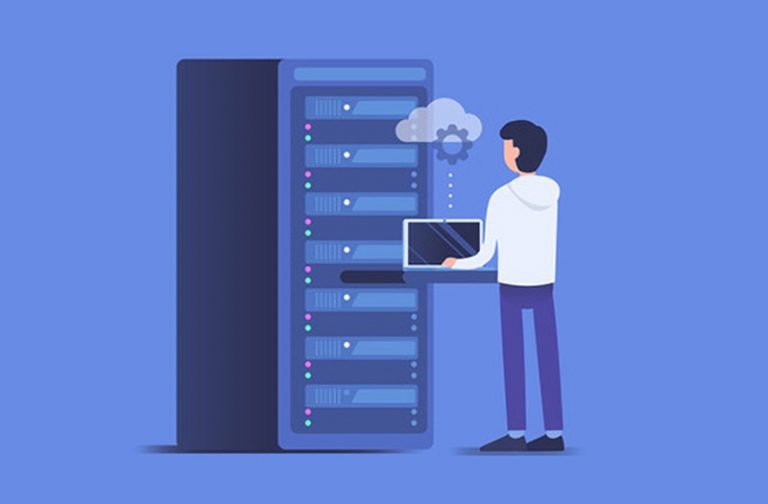Personal data is information that directly or indirectly relates to a specific individual—one of the methods to securely store your data in virtual rooms.
What is personal data?
Simply put, this is the last name, first name, passport details, bank details, phone numbers, residential address, photograph, and so on. The data must relate to a specific person. For example, an abstract phone number is not personal data because it is impossible to understand who owns it. But if there is a name opposite this phone, this is already personal data since it is clear to which person they refer.
The subject of personal data is the person whose information is collected, processed, and stored. The private data operator is a legal entity or a state organization that collects, processes, stores, transfers, and destroys these data.
Types of personal data
There are several types of personal data:
- General personal data. For example, last name and first name, place of work, registration, phone number, and email. Such data may already be known to some people, such as relatives, or published on public sites like the Internet.
- Special personal data. They are in closed access, and you can find them only after obtaining the person’s consent (the subject of personal data) or in the manner prescribed by law (through the court or the police) if there are grounds. As a rule, this is information relating to race, nationality, political views, religious or philosophical beliefs, health status, and intimate life of the subject of personal data.
- Biometric personal data. This information characterizes a person’s physiological and biological characteristics of a person, on the basis of which it is possible to establish his personality. For example, blood type, fingerprints, photos, or Face ID. An important nuance: such data is considered personal only if it can be used to identify a person. Suppose there is a camera with face recognition at the entrance to the office. In that case, the photo of the employee is personal biometric data since the photo serves to identify the person.
There are other personal details as well. They serve as a supplement to general personal data and may change frequently. For example, data that is stored in the accounting department: information on wages, vacation period, seniority.
Criticism
The main problem with personal data is its frequent leaks. The hypothesis is simple: any database will leak. Tomorrow or in three years, in whole or in pieces, but it will happen. That is why the collection of personal and non-anonymous data is dangerous.
How VDR helps protect personal data
Virtual data rooms are an opportunity to store clients’ personal data and process them in a secure area. VDRs have the same security systems as safe deposit boxes, so hacking through the fault of “weak security” is almost impossible.
Modern data rooms offer many data manipulation, processing, and representation integrations. In addition, company employees may not even leave the application to work with data. So the risk of losing them is reduced to zero.

